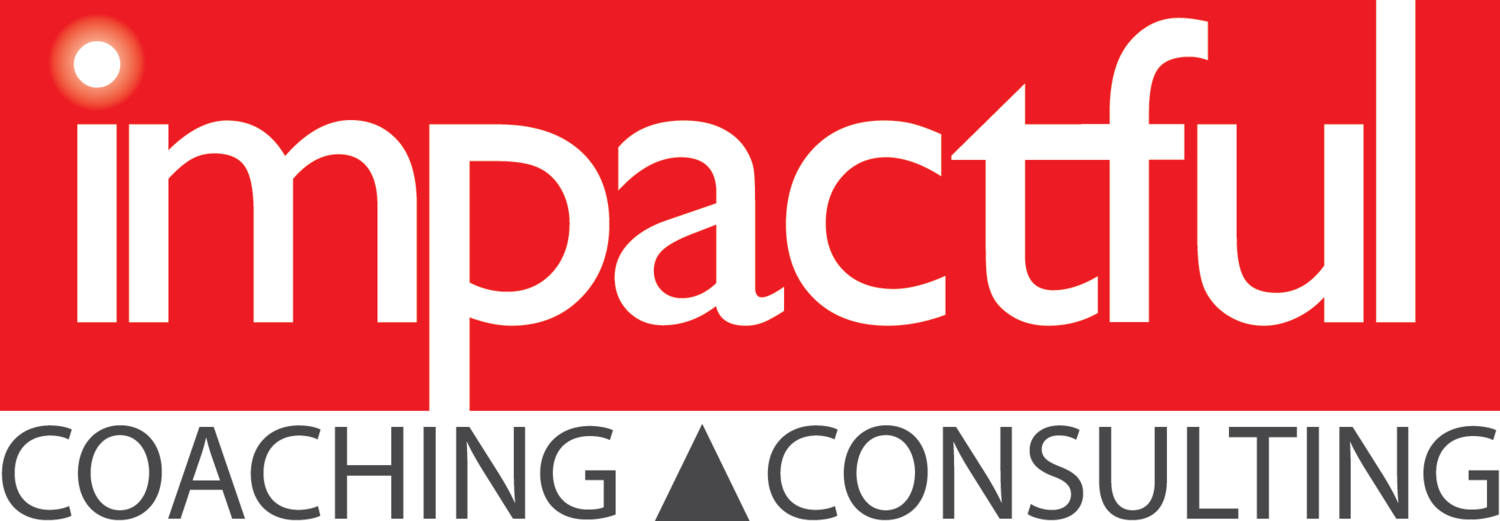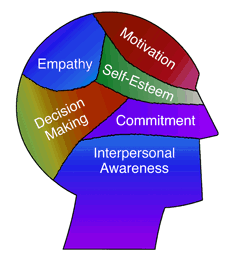Leaders in all contexts must build trust in order to achieve their goals. In fact, some, like business consultant Cynthia Olmstead, maintain that the fundamental difference between the enterprises and change initiatives that succeed and those that fail depends largely on whether there is a meaningful degree of trust within the organization. People in high-trust relationships communicate well, don’t second guess one another, understand why they are doing things, and are willing to go the extra mile to ensure that goals are met. In the words of Stephen R. Covey, “When the trust account is high, communication is easy, instant, and effective.”
But what exactly is trust? For many of us, it’s one of those “feel” terms that are hard to define. Of course, if we lack a common definition of the term, we can’t really come to discuss it, let alone seek to create it in our workplaces.
In essence, trust is a feeling of security that you have, based on the belief that someone or something is knowledgeable, reliable, good, honest, and effective. At the least, there exists a meaningful combination of some of these attributes. When applied to human relationships, trust develops when people interact and like the results, in terms of the quality of what they get (information, service, companionship, etc.) and the way in which it is presented and/or delivered.
Read More









